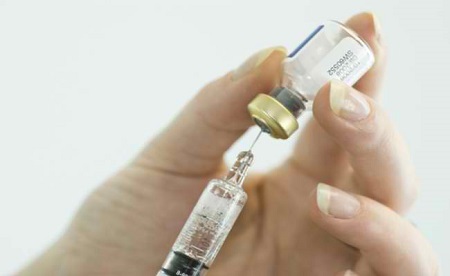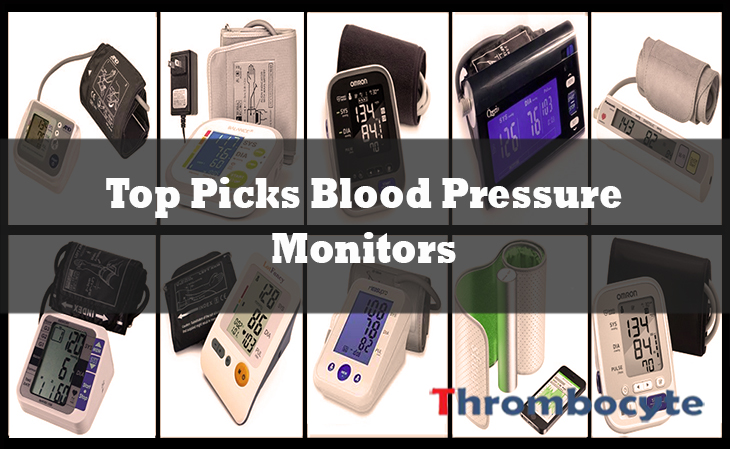Platelets are small plate-shaped cellular bodies with an important role in blood coagulation. Any person who suffers from the medical condition known as thrombocytopenia displays low levels of platelets (thrombocytes) in the blood, leading to symptoms that can be really severe if not managed immediately.
Now, let us look into some ways on how to increase platelets. Proper treatment for thrombocytopenia will need to comprise a plan that usually include dietary changes, medications, surgery, or transfusions. When deciding on an approach to follow, a doctor’s advice is invaluable.
It will be a really horrible situation to experience sudden and uncontrolled gushing out of blood from the nose, gums and other openings of the body. And sadly, it could happen with very low platelet count. Before that happens, seek to manage the risk immediately. This may be a costly endeavor but there are affordable options for controllable levels such as all-natural remedies you can learn from money back guaranteed materials like Conquer Low Platelets.
How To Increase Platelet Count?
Thrombocytopenia Treatment Options
1. Intake of platelet boosting medications
During medical consultations, the doctor may prescribe certain medications that help increase the production of platelets to aid in the patient’s fight against thrombocytopenia. These drugs, such as eltrombopag and romiplostim, come in various shapes – they can be given as pills or injections.
The medication can be taken in combination with one or more of some other drugs in the treatment of thrombocytopenia, depending on the specific cause.

2. Receive steroid treatment
Steroids can be used to reduce the aggressiveness of the immune system of a person. Therefore, they are used in the treatment of thrombocytopenia caused by an autoimmune disorder – a disorder in which the immune system mistakenly attacks the body, instead of foreign pathogens only.
Since steroids weaken the immune system, they can ease consequences that may potentially develop in cases of autoimmune-related thrombocytopenia. However, a weakened immune system is at a higher risk of infection. This means that additional treatment may be necessary to deal with the added new risks.
Keep in mind that steroids (such as prednisone) with which doctors prescribe in the course of treatment for low platelets are different from those that are used illegally by athletes to increase physical performance.
In extreme cases of autoimmune thrombocytopenia, a doctor may prescribe intravenous immunoglobulin (IVIG) or antibodies to further slow down the body’s immune response.

3. Undergoing plasma exchange or plasmapheresis
In rare blood platelet disorders associated with thrombocytopenia (such as TTP and hemolytic-uremic syndrome (HUS)), doctors may recommend procedures that involve treatment of the patient’s blood plasma. Plasma is a part of the blood that contains, among other things, auto-antibodies – components of the defective immune system – resulting from autoimmune diseases.
Therefore, in treating the patient’s plasma, a substitute could be useful in dealing with blood disorders caused by the autoimmune disease involved. Plasma exchange and plasmapheresis may be related but are different procedures used in treating a patient’s blood plasma.
In plasma exchange, the patient’s blood is separated into blood cells and plasma. The plasma is discarded and replaced with plasma that came from donors, along with saline solution or albumin. This is done gradually, to avoid removing too much blood out of the patient at any time.
In plasmapheresis, after the plasma is separated from the blood cells, this plasma from the patient is treated, and then returned to the patient.

4. Removal of the spleen
Thrombocytopenia cases that are particularly resistant may require surgery called splenectomy, where the doctor removes the spleen from the body. Although the function of the spleen is not 100% understood, researchers show that it functions as a filter for the blood, and removes old red blood cells and platelets from the blood stream.
In some cases, the spleen becomes enlarged and stores more than the normal amount of what should only be taken from circulating platelets. This leads to thrombocytopenia. A splenectomy surgery is usually the most preferable low platelet count treatment option to cure the dysfunction; but, doctors generally tries first to use more conservative treatment options, considering that there is no way to undo splenectomy.
On average, splenectomies are successful for about 66 percent of the time. But, over time, it is still possible for thrombocytopenia to recur. People younger than 40 who have undergone splenectomy have a better chance to increase their number of platelets.
After a splenectomy, platelets tend to become abnormally high, leading to a state called thrombocytosis. In severe or prolonged cases, it may result to its own set of problems.
5. Get platelet transfusion
If you have fewer than 50,000 platelets per micro-liter of blood and suffer from any active bleeding, the doctor may recommend platelet or blood transfusions.
In addition, if you have less than 50,000 platelets per micro-liter of blood but with no active bleeding, or required to undergo surgery, the doctor may still prescribe a transfusion.
Doctors may prescribe blood platelet transfusion even when you currently do not show signs of bleeding or when you are scheduled for surgery. This is normally reserved for patients who have fewer than 10,000 platelets per micro-liter of blood.
In any case, the low platelets treatment procedure involves having the doctor insert the IV through a healthy blood vessel where blood or platelets is introduced directly into the bloodstream.

6. Supplement your diet with vitamin B12 and folic acid
How to raise platelet count with supplements? The intake of helpful vitamin and minerals for low blood platelets can be another significant factor to consider in the course of treatment for low platelet count. Vitamin B12 and folic acid are two nutrients needed for healthy production of various blood elements, including blood platelets. Because the body cannot store a lot of these nutrients, it is important to ensure that you consume them often.
To boost the supply of B12 and folic acid in your body, you can take nutritional supplement versions of the nutrient for a quick lift, or eat foods rich in them. Foods like spinach, citrus fruits, kiwi and dried beans are high in folate; while eggs, milk, cheese, liver and mutton have high concentrations of vitamin B12. To learn more about dietary resources for low blood platelets treatment, read this post on how to treat low platelets with food.

- Kamil Şahin, Murat Elevli, Cihan Coşkun, & Macit Koldaş (2019). The Effects of vitamin B12 and folic acid deficiency on hemogram parameters in children.
- Smelt AF, Gussekloo J, Bermingham LW, Allen E, Dangour AD, Eussen SJ, Favrat B, De Groot LC, Kok FJ, Kwok T, Mangoni AA, Ntaios G, Van De Rest O, Seal E, Vaucher P, Verhoef P, Stijnen T, & Den Elzen WP (2018). The effect of vitamin B12 and folic acid supplementation on routine haematological parameters in older people: an individual participant data meta-analysis.
7. Reduce or eliminate alcohol consumption
Alcohol interferes with normal levels, production and function of platelets. The immediate result of alcohol consumption (in normally occasional users) is a meager reduction in platelet within 10-20 minutes of ingestion.
However, in severe alcoholics, platelet function can be greatly affected, and can also be a causative factor for other medical problems. In any case, reduction in alcohol intake should be considerably included in a low platelet treatment plan. The decrease or cease of use will be helpful in restoring platelet functions back to normal.

8. Decrease activities that puts you at risk of bleeding
If you happen to have clinically low levels of platelets, you will want to avoid any possibilities of bleeding. Bleeding can be difficult to stop and may lead to potentially dangerous complications. This means you need to avoid contact sports, woodworking, building works, and other physical activities where there is relatively high risk for possible injury.

9. Ask your doctor about over-the-counter pain medications
Some common, commercially available drugs, particularly those containing aspirin or ibuprofen, can inhibit the function of platelets. For example, aspirin which is a blood thinner decreases the ability of platelets to bind with each other. Here is a list of common blood thinners.
Blocking the function-specific capacity that is vital to coagulation and other essential protein structures that support platelet function inhibits the formation of normal blood clotting response.
In such cases, your doctor may advise to cease the intake of these drugs and recommend an appropriate alternative. This is an important factor when following treatment for low blood platelets especially where drugs is a causative factor.

10. Do not do anything
Not every single case of thrombocytopenia warrants treatment. For example, if your platelet count is low due to pregnancy (if mild), there may not always be any need for low blood platelet count treatment. Under your doctor’s approval, you can simply select to wait for the delivery of your baby to see if your platelet count increases.
Mild cases of thrombocytopenia don’t usually lead to noticeable symptoms – in such cases, you may not suffer from any unusual bleeding.
In any situation where it’s very likely for the mild drop in platelet count to improve naturally without the need of any intensive management procedure and doesn’t really seem to negatively affect your life in any way, your doctor can simply recommend a very conservative treatment plan that may not be included in this list.
- READ MORE




